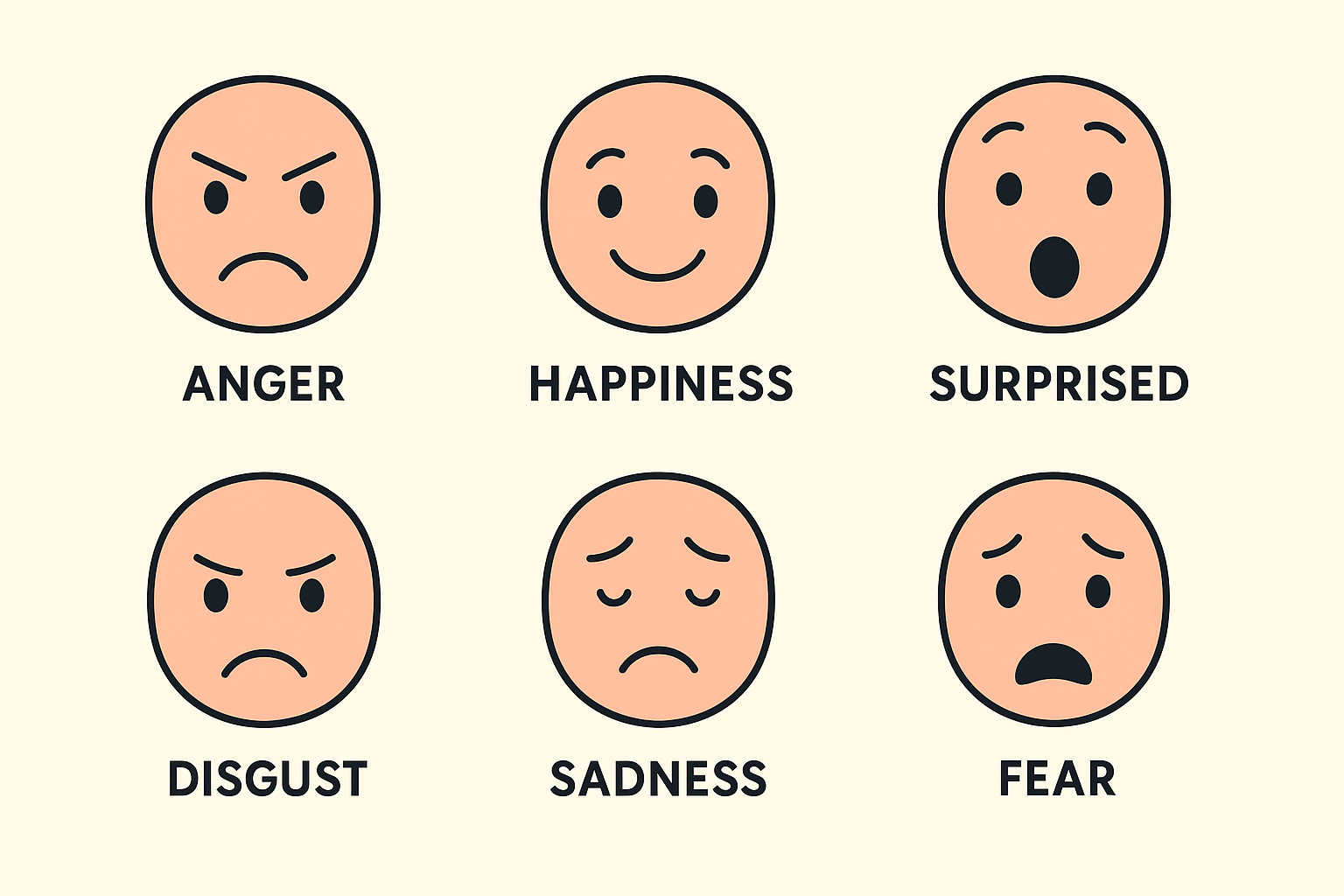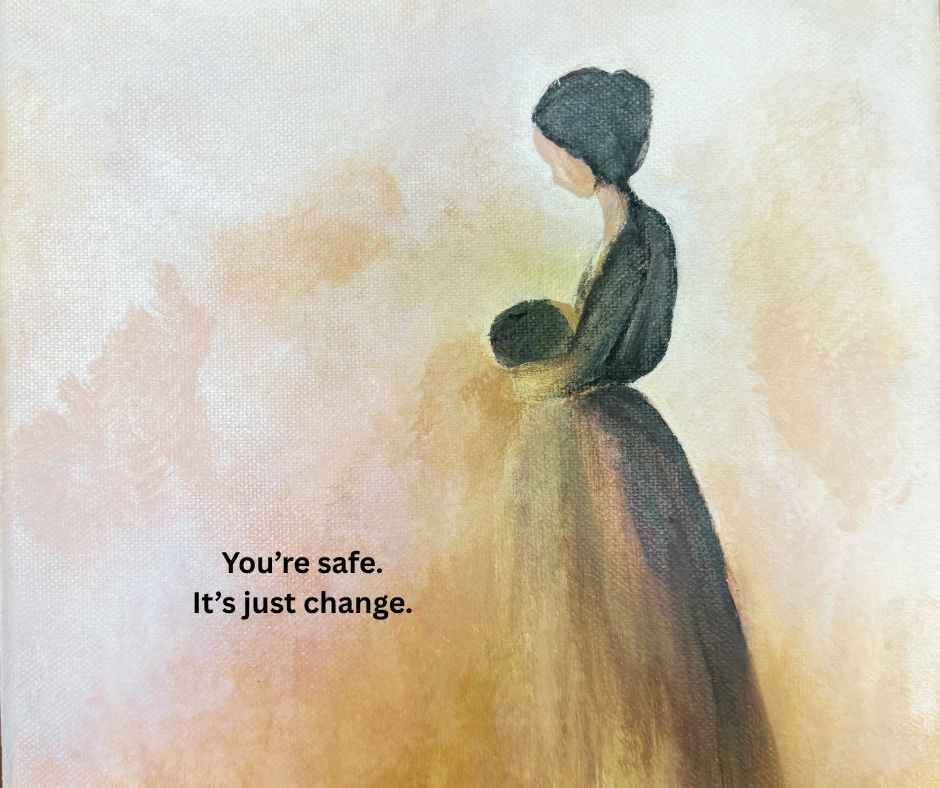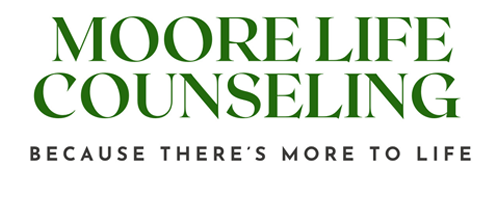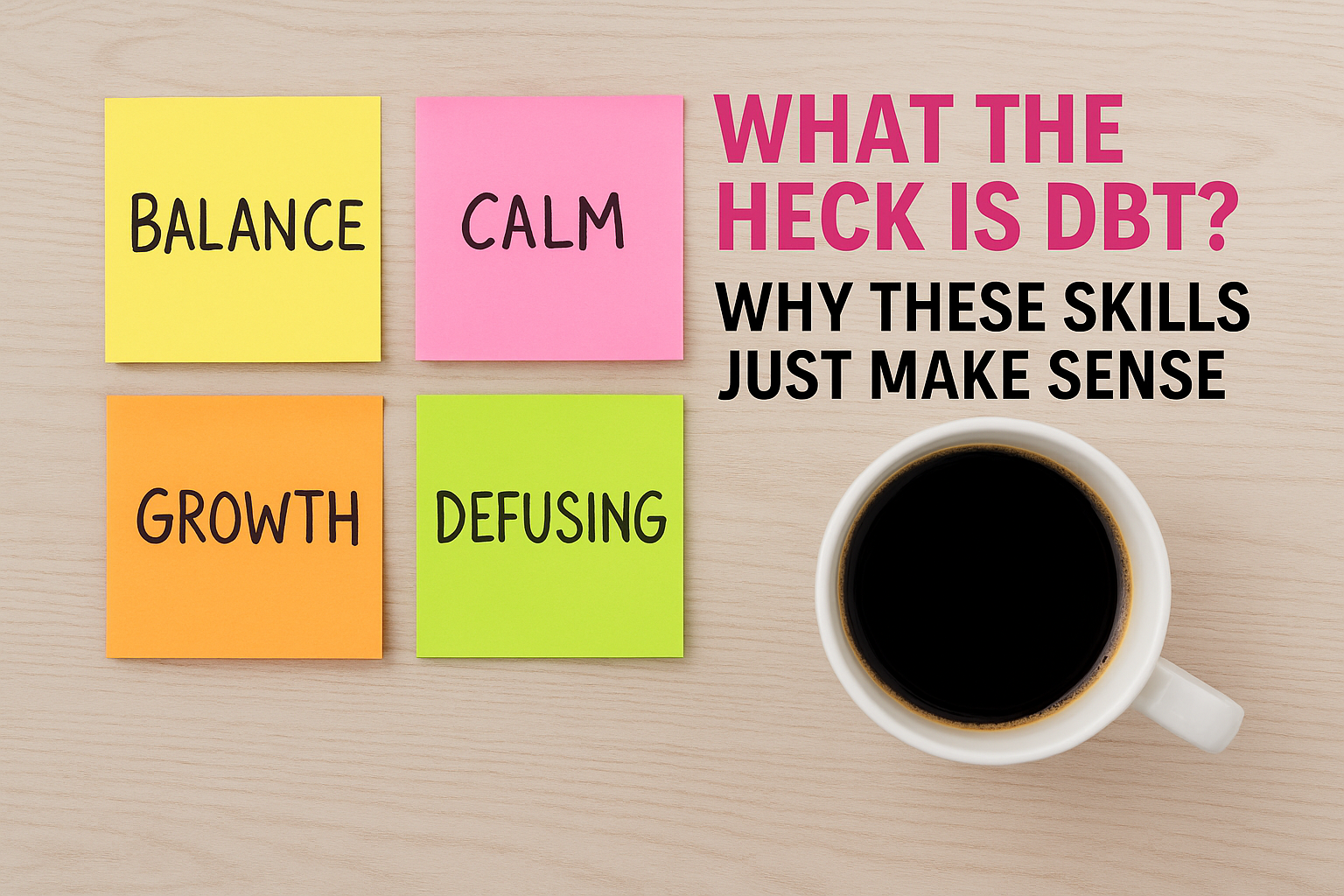Blog
Moore Life Counseling & Coaching

At Moore Life Counseling, we believe that healing happens when the mind, body, and spirit are invited to work together. Ketamine-Assisted Psychotherapy (KAP) is a powerful and evidence-based approach that helps individuals access deeper layers of emotional healing, insight, and self-compassion. What is Ketamine-Assisted Psychotherapy? KAP combines the use of low-dose ketamine—a legally prescribed medication—with the support of a trained therapist in a safe and intentional setting. Ketamine works gently to quiet rigid thought patterns and defenses, allowing for expanded awareness and emotional openness. When paired with psychotherapy, this state of openness can help clients process old wounds, release patterns of depression or anxiety, and reconnect with meaning and vitality. What Does a KAP Session Look Like? A typical KAP session begins with preparation, where we discuss your goals, intentions, and what to expect during the experience. During the medicine session, you’ll take a prescribed dose of ketamine (often in lozenge or troche form) and are supported by your therapist as you move inward. Soft music, eye shades, and grounding techniques are often used to create a calm, therapeutic space. Afterward, we spend time in integration, helping you make sense of the insights and emotions that arose so you can apply them to daily life. Who Can Benefit from KAP? KAP may be a good fit for adults seeking healing from: Depression Anxiety PTSD or trauma Emotional numbing or disconnection Existential or spiritual distress It’s also valuable for those who feel “stuck” in traditional talk therapy and are ready to explore a new depth of healing. Safety and Support Each participant receives a medical evaluation before beginning KAP to ensure safety and proper dosing. Sessions are always facilitated by a licensed mental health professional with specialized KAP training, in a supportive and trauma-informed environment. The Power of Integration The real transformation happens in how you integrate what you experience. Insights that arise during the medicine session often point toward new perspectives, self-compassion, and clarity about what’s needed next in your healing journey. At Moore Life Counseling, we view KAP as a bridge — one that connects inner wisdom with lasting emotional change. Curious to learn more? Visit www.moorelifecc.com or contact Cheryl Moore, LMHC, Certified KAP Therapist, to explore whether Ketamine-Assisted Psychotherapy may be right for you.

At Moore Life Counseling, our DBT Skills Training Group recently focused on one of the most important parts of building emotional resilience: understanding what emotions do for us. Many of us grow up hearing that some emotions are “good” while others are “bad.” In reality, emotions all serve a purpose. By learning to recognize their functions and how they impact our body, we can begin to regulate them in healthier ways. 🌿 What Do Emotions Do for Us? Emotions are not random—they play a powerful role in our daily lives. They: Motivate us to take action Help us communicate with others (verbally and nonverbally) Organize our body’s responses to situations We explored this idea by watching Marsha Linehan, the founder of DBT, discuss the function of emotions https://youtu.be/tR-O12A78hw 🎨 Expanding Our Emotional Vocabulary We used the emotion wheel to look at six basic emotions that all humans are born with: anger, happiness, surprise, disgust, sadness, and fear. By exploring the outer rings of the wheel, we practiced naming more nuanced feelings. This helps us understand our emotions with more accuracy—moving beyond just “I’m sad” or “I’m mad” into a fuller awareness of what’s happening inside. 🪟 The Window of Tolerance Another tool we explored was the Window of Tolerance (WOT) , which describes how emotions impact our nervous system and ability to cope. Optimal Arousal Zone – where we can think, process, and regulate emotions effectively. Hyperarousal – when emotions feel overwhelming (fight or flight). This may look like anxiety, panic, anger, or agitation. Helpful skills: deep breathing, slowing down, or a gentle walk. Hypoarousal – when emotions feel shut down (freeze or fawn). This may look like numbness, depression, or neglecting self-care. Helpful skills: a cold shower, brisk walk, or eating something crunchy or sour to wake up the body. 📺 Learn more: Video on the Window of Tolerance https://youtu.be/TNVlppGz0zM 📝 Blog post: Mind My Peelings – Window of Tolerance https://www.mindmypeelings.com/blog/window-of-tolerance?rq=window%20of%20tolerance ✨ Key Takeaway Emotions are natural, human, and purposeful. By understanding their role, naming them more precisely, and practicing skills to return to our Window of Tolerance, we can create balance and resilience in our emotional lives. At Moore Life Counseling, we’re committed to equipping our clients with tools like these to build healthier relationships with themselves and others. Until next time... Skillfully, Cheryl

On Monday morning, with great anticipation and the thrill of recognizing hard work fulfilled, I opened the doors to my new therapy practice, Moore Life Counseling. It was a moment filled with pride and purpose, followed with familiar waves of anxiety. I was reminded how even joyful transitions can stir up echoes of the past, especially for those living with Complex PTSD (CPTSD). Unlike PTSD, which often stems from a single traumatic event, CPTSD typically develops from prolonged or repeated trauma, often in childhood. These experiences can deeply shape a person’s sense of safety, trust, and identity—making change, even positive change, feel destabilizing. Major life transitions can be uniquely challenging for those with CPTSD because they may trigger: Loss of control – Positive changes can still feel unsafe. Fear of the unknown – New situations can mirror early experiences of chaos. Attachment disruptions – Change might awaken fears of abandonment. Shifts in identity – Altered roles can unsettle a fragile sense of self. Body memories and emotional flooding – Triggers may arise without an obvious cause. If you find yourself reacting strongly to a big life change—moving, starting a new job, ending a relationship—it doesn’t mean you’re broken. It means your nervous system is working hard to protect you, even if its methods are outdated. Some supportive strategies include: Practicing grounding and self-compassion Creating predictable routines Naming fears and inner parts Processing triggers with trauma-informed therapies like EMDR or ART Leaning on safe, supportive relationships As I step into this new season, I’m reminded that healing doesn’t mean we never get shaken—it means we’ve learned how to find our footing again. My hope is that this space becomes a place where you can do just that. Recommended Resources: Complex PTSD: From Surviving to Thriving by Pete Walker The Body Keeps the Score by Bessel van der Kolk




Share On: